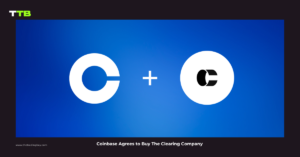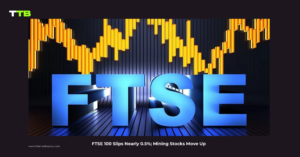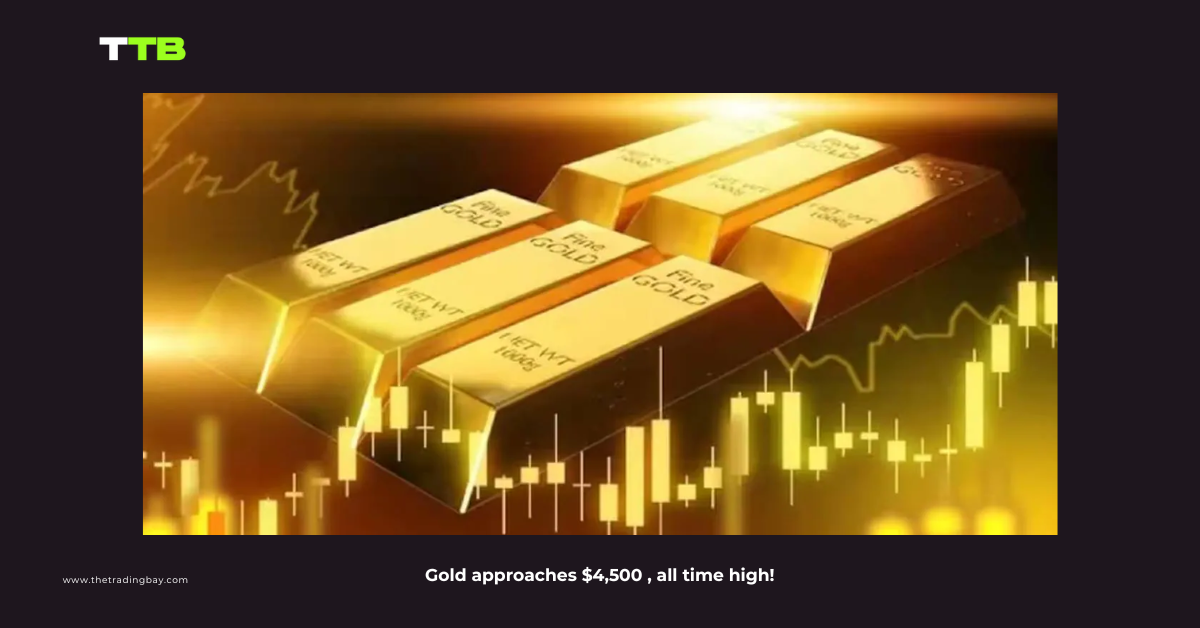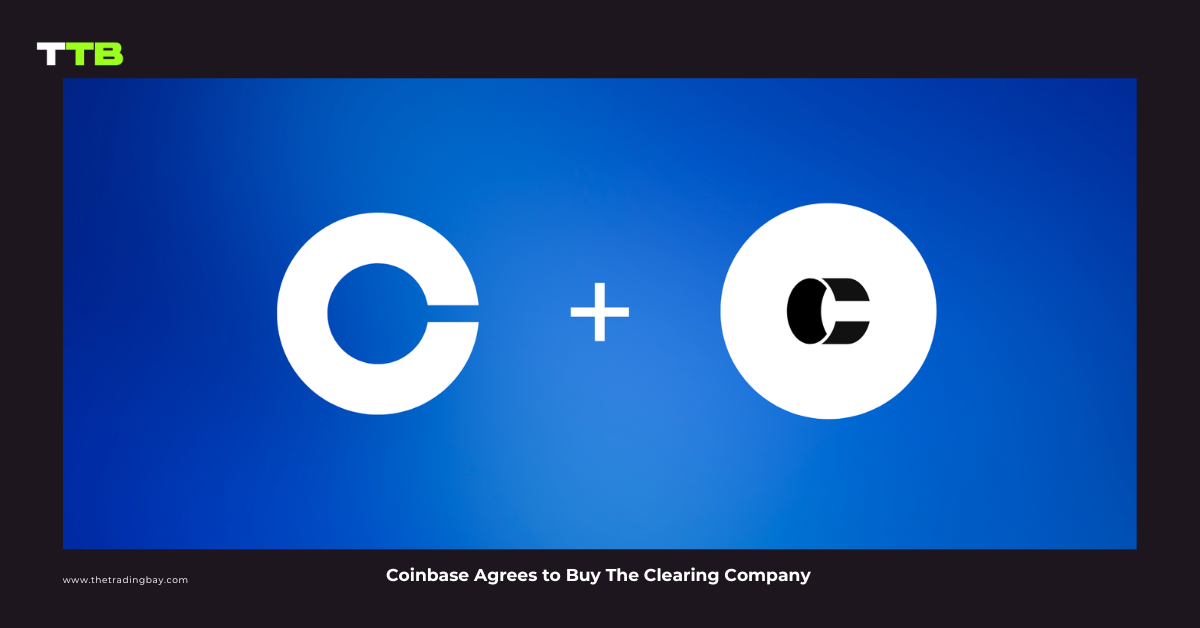To capitalize on the growing interest in the crypto industry, banking giant Goldman Sachs is preparing to enter the tokenization sector with three offerings expected to launch later this year. This move is part of the bank’s strategy to expand its digital assets portfolio and provide innovative solutions to its clients.
Goldman Sachs Embraces the Tokenization Trend
According to a Fortune report, Mathew McDermott, Global Head of Digital Assets at Goldman Sachs, revealed the bank’s plans to focus on tokenization. Tokenization involves issuing “real-world assets” such as money market funds and real estate holdings on public blockchains like Ethereum or Solana. Goldman Sachs plans to launch three tokenization projects by the end of the year in partnership with major clients, including its first project in the United States.
While other financial institutions, such as BlackRock, have launched tokenized funds on the Ethereum blockchain, McDermott emphasized that success hinges on creating products that investors want. To this end, Goldman Sachs recently hosted a digital asset summit in London attended by more than 500 clients. During the summit, McDermott underscored the importance of offering solutions that can fundamentally change asset management strategies, stating, “There’s no point in doing it just for the sake of it.”
Diverse Views on Crypto within Goldman Sachs
Goldman Sachs’ approach to crypto varies within the institution. McDermott acknowledged that differing perspectives are to be expected in an organization of their size. While Sharmin Mossavar-Rahmani, CIO for Goldman Sachs, expressed skepticism about crypto as an investment asset class, McDermott highlighted the bank’s active involvement in crypto from an institutional perspective. This includes trading cash-settled crypto derivatives on behalf of clients and participating in the recently approved ETF markets.
Tokenization Projects and Future Opportunities
As BlackRock successfully launched its treasury fund, BUIDL, on the Ethereum blockchain, it has garnered significant attention. McDermott noted that Goldman Sachs primarily targets institutional clients and intends to work exclusively with private blockchains due to regulatory constraints. Although McDermott refrained from disclosing specific details about the upcoming tokenization projects, he revealed that one project would focus on the US fund complex, while another would center around debt issuance in Europe.
Looking ahead, with the US presidential election and the potential for a shift in the government’s regulatory stance on crypto on the horizon, McDermott believes that Goldman Sachs’ opportunities in the space could expand further. This could include activities like holding spot crypto assets and exploring execution and sub-custody services, subject to approval.
Goldman Sachs’ venture into tokenization marks a significant step in its digital assets strategy. By focusing on tokenization, the bank aims to provide innovative solutions that meet the needs of institutional clients. The bank’s approach highlights the potential for real-world asset tokenization to transform traditional asset management and financial services.
Conclusion
Goldman Sachs is poised to make a significant impact in the tokenization sector with its upcoming projects. By leveraging its expertise and focusing on investor needs, the bank aims to set a new standard in digital asset management. As regulatory landscapes evolve and the crypto market matures, Goldman Sachs’ strategic initiatives in tokenization could pave the way for broader adoption and integration of digital assets in traditional finance.












